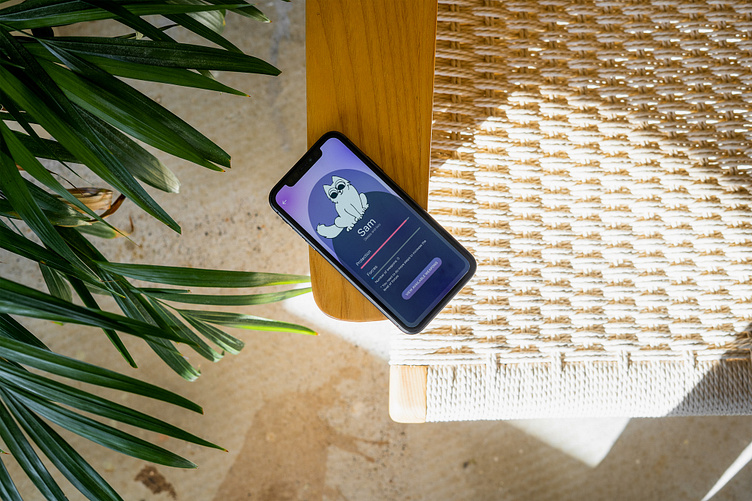A game approach to Well-being [Emotional design]
Inventing a game mechanism for teenage well-being.
Problem
As teenagers spend more time with their smartphones, they become physically less active, which can adversely affect their well-being. Studies have shown that excessive screen time can lead to decreased physical fitness, weight gain, and poor sleep quality.
In this project, I want to explore how to increase young people's engagement in sports by incorporating emotions into the device experience. By doing so, we can help them live healthier lives, sleep better, and be more physically active.
What is out there?
The technology offers various fitness trackers that track your steps, heart rate, and sleep patterns. But none of them gets to the point of teenage attitude. Let’s look into one of the examples:
Mi Fit is software that supports multiple fitness devices from Xiaomi. The primary purpose of this software is to track your exercises and analyze your sleep and activity data. I created my experience using Mi Fit with a My Band 2 device to understand the application better. Observing people's behaviour and interviewing, I noticed a similar pattern: at first, it is stimulating but loses its appeal over time.
Observations
The application was actively used until the “disclosure” of all the functionality.
Further use of the application was reduced to checking a single parameter: step statistics, sleep quality, etc. (depending on the user)
Users lost interest and deleted the application (or were inclined to remove it)
Your body as a character
Imagine if your body had its mood. "Animal mirror" is a character that reflects the state of your body based on data obtained from your activity and sleep quality. If you sleep poorly, your animal will be sleepy. If you are inactive, your animal will be lazy and fat. But if you are active, your animal will be fit. For prototyping this idea, I made a few sketches:
After testing this idea, I realised that it would need to be more engaging on its own. Like many other app features, users would lose interest after exploring all the stages. So I decided to develop the idea further by including gamification.
Your Sleep and Activity as Character Indicators
In real life, the quality of our sleep is responsible for our stress resistance. The amount of physical activity is responsible for physical strength. What if we transfer these characteristics to our character?
Thus, the number of steps made by a person was recalculated into the number of "forces" (number of weapons) the character receives. Sleep quality is the level of "protection" for battle in battles with friends.
At the end of the day, if you are active and sleep well, you can have a high level of protection and a lot of weapons—the state of the animal changes according to the indicators.
Ready, Steady, Fight!
There is certainty about the importance of the community for teenagers, including the social factor by adding interaction with friends' characters. You can select a friend and send him a request for Battle. After that, choose the type of weapons and fight. Weapons are food that you need to throw in the face of your friend's character. If you win the battle, then you open one new weapon.
User Testing
Camila is 21 years old
For Camila, the sound effects were one of the most potent triggers
“The sound changes at different stages; I'm wondering what will be next. I want to explore more and see all stages of the animal.”
Tana is 19 years old.
For Tana, the sound effect did not work:
“Sound on my phone is always off. I like the app but want to turn off the sound.”
It became apparent that the sounds used in the prototype should be reviewed. However, both users understood the idea and found the approach fascinating.
Aspiration
Gamification can be a powerful tool for engaging and motivating people, especially teenagers. It can be a great way to make learning and other activities fun. By incorporating gamification and emotions with a mix of social factors into user experience, we can increase participation and enthusiasm and improve human well-being.







